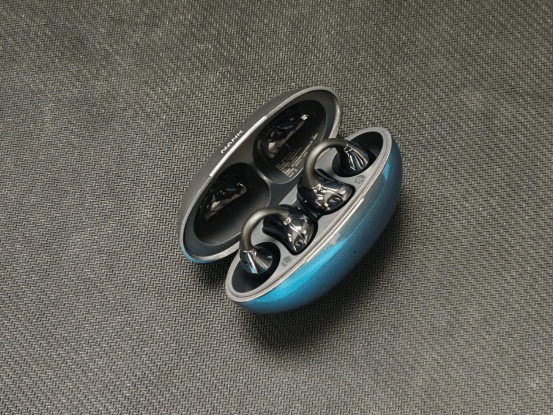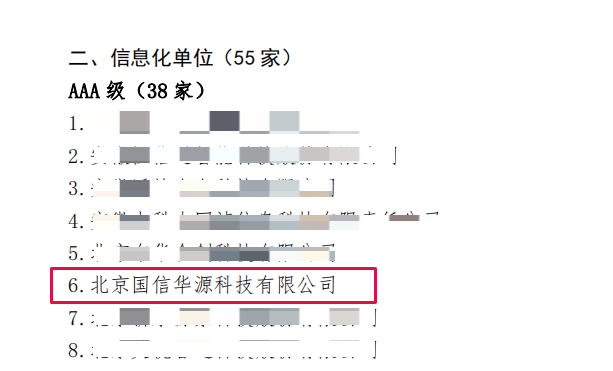子序列: 由原序列中若干个元素组成,元素可以不连续,但和原序列的顺序一致。 最长公共子序列: 一个序列即是甲序列的子序列,也是乙序列的子序列,则该序列称为为甲和乙的公共子序列。长度最长的公共子序列,即最长公共子序列。 两个序列的公共子序列不一定是唯一的。 lcs(s1,s2)表示:串s1和s2的最大公共子序列长度,并返回其值 先比较两个串的首字符,如果相等,递归实现lcs(s1+1,s2+1)+1即可 如果不相等,则返回lcs(s1,s2+1),lcs(s1+1,s2)中较大的。 由上图可以看出,最大公共子序列的值为3,但不唯一,abc,bca的长度都是3。 # include <iostream> using namespace std;
int lcs ( const char * a, const char * b) {
if ( * a == 0 || * b== 0 )
return 0 ;
if ( * a== * b)
return lcs ( a+ 1 , b+ 1 ) + 1 ;
return max ( lcs ( a, b+ 1 ) , lcs ( a+ 1 , b) ) ;
}
int main ( ) {
cout<< lcs ( "axbcydz" , "xayybcxd" ) << endl;
return 0 ;
}
递归的优点是思路简单,但是耗费资源,重复递归调用。 如下图,草拟相同圈处是重复递归计算的地方,如果串长些,那么这种重计划量将非常繁巨,以致电脑无法计算。 所以需改进,改进的方法是,相同的串相互比较求最大公共子序列时,就将其存储起来,放入map,下次再遇到相同的2个串比较时,直调从map中取值。 因为加入了参递,所以递归函数需要增参。 递归函数f(m,s1,k1,s2,k2) 参数说明。m是map记录着2个子串的最大公共子序列,s1、s2是子串,k1、k2是从子串的哪个下标开始比较。 即只需以k1\k2的位置作为键,递归函数的返回值(最大公共子序列的长度)作为值,存入map中即可。 头文件,#include map存取键-值对,查找速度快。键需能比较,此应用中键为2个int,int。 stl中的pair可以保存<int,int>。定义为 # include <utility> # include <iostream> using namespace std;
int main ( ) {
pair< int , double > pair1 ( 1 , 3.14 ) ;
pair< string, int > pair2 = make_pair ( "Kimi" , 2024 ) ;
cout << "pair1: " << pair1. first << ", " << pair1. second << endl;
cout << "pair2: " << pair2. first << ", " << pair2. second << endl;
pair1. first = 2 ;
pair2. second = 2025 ;
return 0 ;
}
# include <iostream> # include <map> using namespace std;
int main ( ) {
map< pair< int , int > , string> map;
map[ make_pair ( 1 , 2 ) ] = "12" ;
map[ make_pair ( 1 , 2 ) ] = "21" ;
map[ make_pair ( 3 , 4 ) ] = "34" ;
pair< int , int > key_to_count ( 1 , 2 ) ;
size_t count = map. count ( key_to_count) ;
cout << "The key (" << key_to_count. first << ", " << key_to_count. second << ") appears " << count << " times." << endl;
return 0 ;
}
# include <iostream> # include <map> # include <utility> using namespace std;
int main ( ) {
map< pair< int , int > , string> map;
map[ make_pair ( 1 , 2 ) ] = "12" ;
map[ make_pair ( 3 , 4 ) ] = "34" ;
pair< int , int > key_to_find ( 1 , 2 ) ;
auto it = map. find ( key_to_find) ;
if ( it != map. end ( ) ) {
cout << "Found key: (" << it-> first. first << ", " << it-> first. second << ") with value: " << it-> second << endl;
} else {
cout << "Key not found." << endl;
}
return 0 ;
}
# include <iostream> # include <map> int main ( ) {
std:: map< int , std:: string> myMap;
myMap[ 1 ] = "one" ;
myMap[ 2 ] = "two" ;
myMap[ 3 ] = "three" ;
auto it = myMap. begin ( ) ;
if ( it != myMap. end ( ) ) {
std:: cout << "The first key-value is: " << it-> first << " => " << it-> second << std:: endl;
}
for ( const auto & pair : myMap) {
std:: cout << pair. first << " => " << pair. second << '\n' ;
}
return 0 ;
}
# include <iostream> # include <map> using namespace std;
struct IntPair {
int first;
int second;
bool operator < ( const IntPair& other) const {
return first < other. first || ( first == other. first && second < other. second) ;
}
} ;
int main ( ) {
std:: map< IntPair, std:: string> map;
map[ { 1 , 2 } ] = "12" ;
map[ { 3 , 4 } ] = "34" ;
for ( const auto & kv : map) {
cout << "Key: (" << kv. first. first << ", " << kv. first. second << ") Value: " << kv. second << endl;
}
return 0 ;
}
# include <iostream> # include <map> using namespace std;
int f ( map< pair< int , int > , int > & m, const char * s1, int k1, const char * s2, int k2) {
if ( s1[ k1] == 0 || s2[ k2] == 0 )
return 0 ;
pair< int , int > p ( k1, k2) ;
if ( m. count ( p) )
return m[ p] ;
if ( s1[ k1] == s2[ k2] ) {
int t= f ( m, s1, k1+ 1 , s2, k2+ 1 ) + 1 ;
m[ make_pair ( k1, k2) ] = t;
return t;
}
int t1= f ( m, s1, k1+ 1 , s2, k2) ;
int t2= f ( m, s1, k1, s2, k2+ 1 ) ;
int t= max ( t1, t2) ;
m[ make_pair ( k1, k2) ] = t;
return t;
}
int lcs ( const char * s1, const char * s2) {
map< pair< int , int > , int > m;
return f ( m, s1, 0 , s2, 0 ) ;
}
int main ( ) {
cout<< lcs ( "axbcydz" , "xayybcxd" ) << endl;
cout<< lcs ( "axbcydzaxbcydz" , "xayybcxdaaaaabbbxxccc" ) << endl;
return 0 ;
}





















